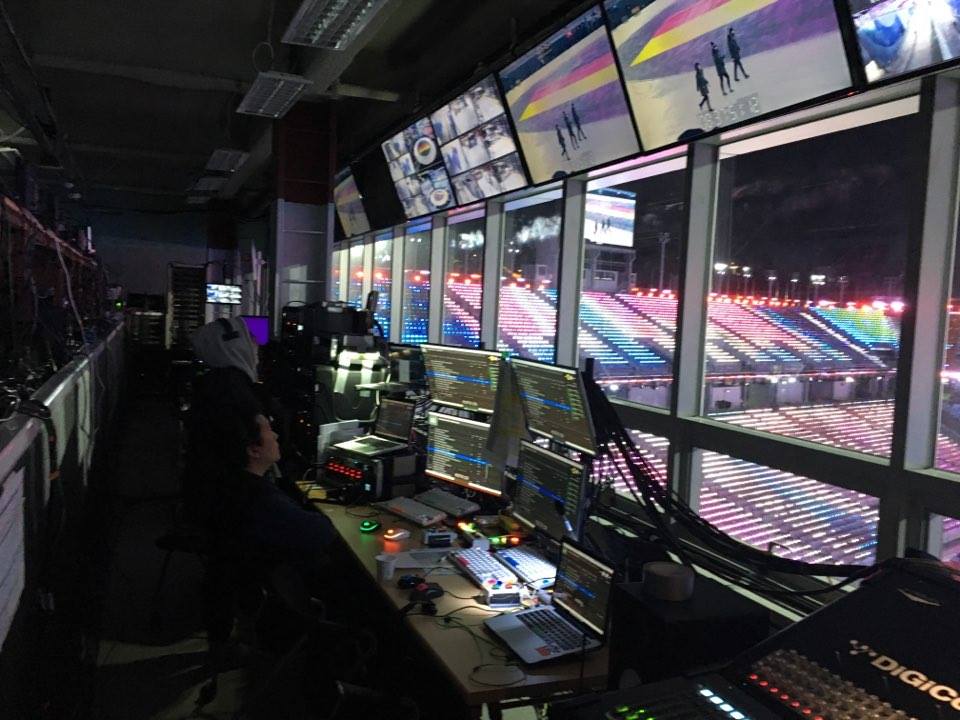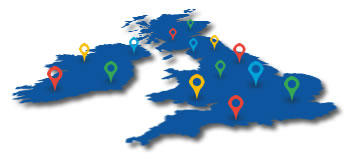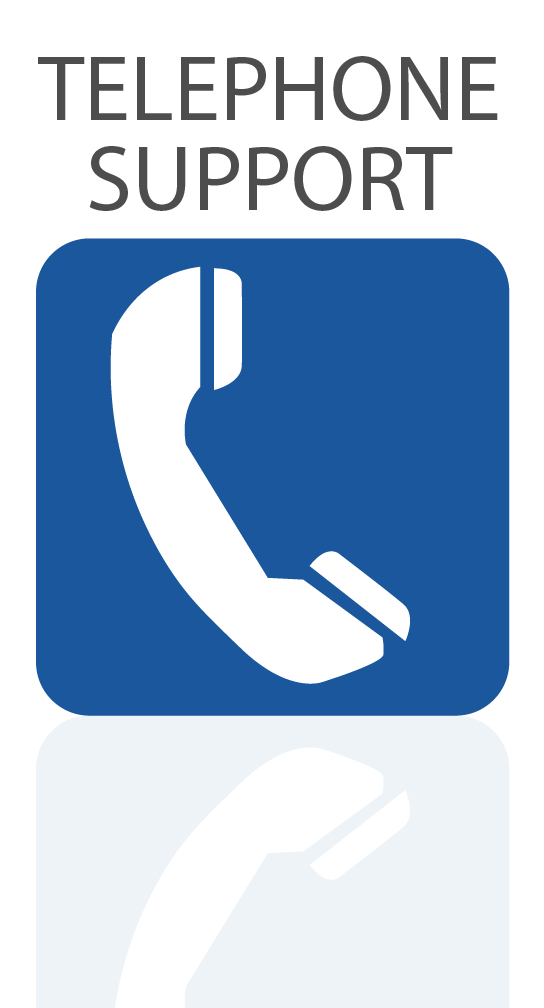RME Fireface UFX+ & RME MADI Routers chosen for playback and audio routing for the games in Pyeongchang
As a leading manufacturer of recording and playback equipment, RME hardware is regularly used in a wide range of professional audio applications, from recording studios, live music and performance, to scientific research, measurement testing and broadcast.
Large-scale events are another field RME has long been involved in, with events such as the London Olympics, Wimbledon, the Eurovision Song Contest, and the One Love Manchester concert all featuring extensive amounts of RME, for distributing audio between mixing consoles, and for providing audio feeds to broadcasters.
The latest news comes from South Korea, with the RME Fireface UFX+ forming the centrepiece of a specially designed playback rig, which handled the audio for both the opening and closing ceremonies at the 2018 Winter Olympics.
Broadcast audio to a global audience
Music playback during both ceremonies was handled by Sound One Music Audio Post Production, a Seoul-based audio service provider who were also responsible for specifying and controlling the playback system, and feeding multi-track audio to the OBS (Open Broadcast Software) used during the shows. While researching the system build, Sound One contacted RME’s official South Korean distributor Gearlounge, to find out about the options available for broadcasting live audio to a worldwide audience.
 For a global event such as the Olympics, both the organisers and spectators expect nothing less than perfect playback and signal quality. For this reason, Sound One wanted the full show to be conducted via MADI, which has long been popular in broadcast as a purpose-built format for audio, and is a tried and tested protocol when audio and signal quality are mission critical.
For a global event such as the Olympics, both the organisers and spectators expect nothing less than perfect playback and signal quality. For this reason, Sound One wanted the full show to be conducted via MADI, which has long been popular in broadcast as a purpose-built format for audio, and is a tried and tested protocol when audio and signal quality are mission critical.
We’ve also previously spoken to broadcast engineer Conrad Fletcher, whose OB truck ‘the Mixbus’ is kitted out with RME MADI hardware, and also TV sound recordist Pete Cowasji, who relies on a system featuring multiple RME MADIface Pro interfaces (controlled via iPads).
With this in mind, Gearlounge suggested Sound One take a look at RME’s flagship audio interface, the RME Fireface UFX+, which features MADI I/O on both optical and BNC connections. In total, four RME Fireface UFX+’s were used in sequence, alongside two RME MADI Routers and an RME MADI Bridge to create a cutting-edge, quadruple redundant system with total routing flexibility.
Each Fireface UFX+ was then connected via Thunderbolt to a Mac Pro, with one acting as the main computer, and the other three as failsafes. The MADI outputs from each UFX+ were mirrored by the two types of connection (optical and BNC), along with various MIDI inputs for remote control, headphone outputs for monitoring, and analogue I/O for making backups. Playback was controlled by Figure53’s QLab software.
(click to enlarge)
 Cascade in order to control the playback
Cascade in order to control the playback
In order to synchronise the hardware and software settings of the four Mac Pros, a custom transport remote control was used to send MIDI signals, which were relayed to the MIDI input of each respective UFX+.
Three of the four interfaces were cascaded, which allowed for control over the playback functions of all four versions of QLab running in parallel.
QLab was then set to multi-channel mode, with audio signals fed via RME’s TotalMix FX software, from each unit’s MADI outputs.
RME MADI Router – Maximum flexibility from the RME system
The four MADI signals were then merged into a combined signal, which was sent via optical to the OBS, and via BNC in single mode (specially adapted from multi to single mode by RME) to the three mixing consoles (DigiCo SD10s), which were in turn providing audio to the stadium sound system.
The ability to route the signal to both coaxial and optical inputs, along with switching, was handled by the powerful RME MADI Router. Offering maximum flexibility in a MADI system, the MADI Router’s comprehensive routing matrix easily met Sound One’s setup requirements for the PyeongChang games.
The RME Fireface UFX+ features MADI I/O on both optical and BNC. Both sets of inputs
and outputs can be easily mirrored, by creating a submix in TotalMix FX.
 With this setup, Sound One could easily provide audio for this highly demanding application, transmitting parallel MADI signals to the three live consoles and two OBS instances, via five MADI outputs from two MADI Routers.
With this setup, Sound One could easily provide audio for this highly demanding application, transmitting parallel MADI signals to the three live consoles and two OBS instances, via five MADI outputs from two MADI Routers.
RME has previously been teamed with QLab software for large-scale events, however the opening and closing ceremonies of the 2018 Winter Olympics was the ultimate test. The organisers remained satisfied with the system throughout however, which performed perfectly throughout both ceremonies, providing confidence, reliability and high-end sound.
We also heard that staff from other world sporting events were very impressed by the setup in Pyeongchang, with the team organising the upcoming Jakarta Asian Games 2018 showing a serious interest in using RME for their broadcast system too – watch this space!
Find out more about the RME Fireface UFX+
Find out more about the RME MADI Router
![]() If you’d like to know more about any of the RME pro audio solutions mentioned in this article, give us a call on 01727 821 870 to speak to one of our team or to arrange a demo.
If you’d like to know more about any of the RME pro audio solutions mentioned in this article, give us a call on 01727 821 870 to speak to one of our team or to arrange a demo.
You can also contact us here.























